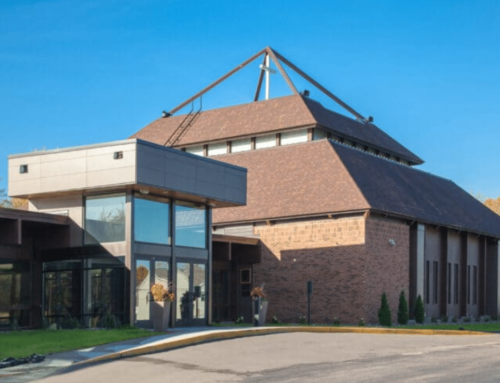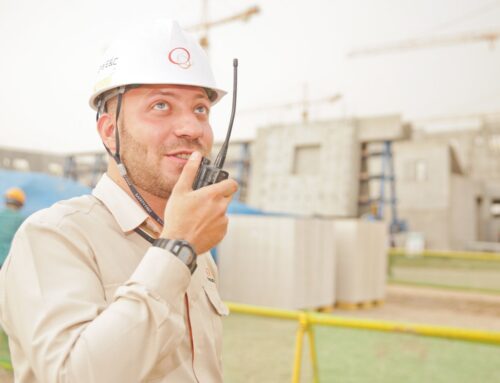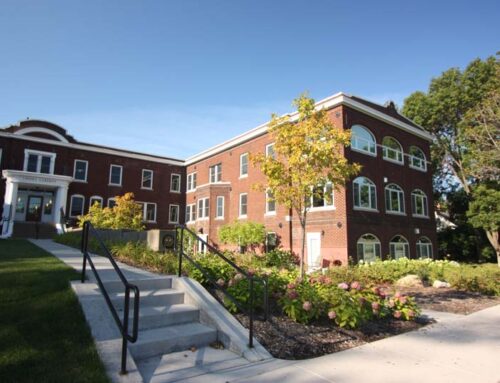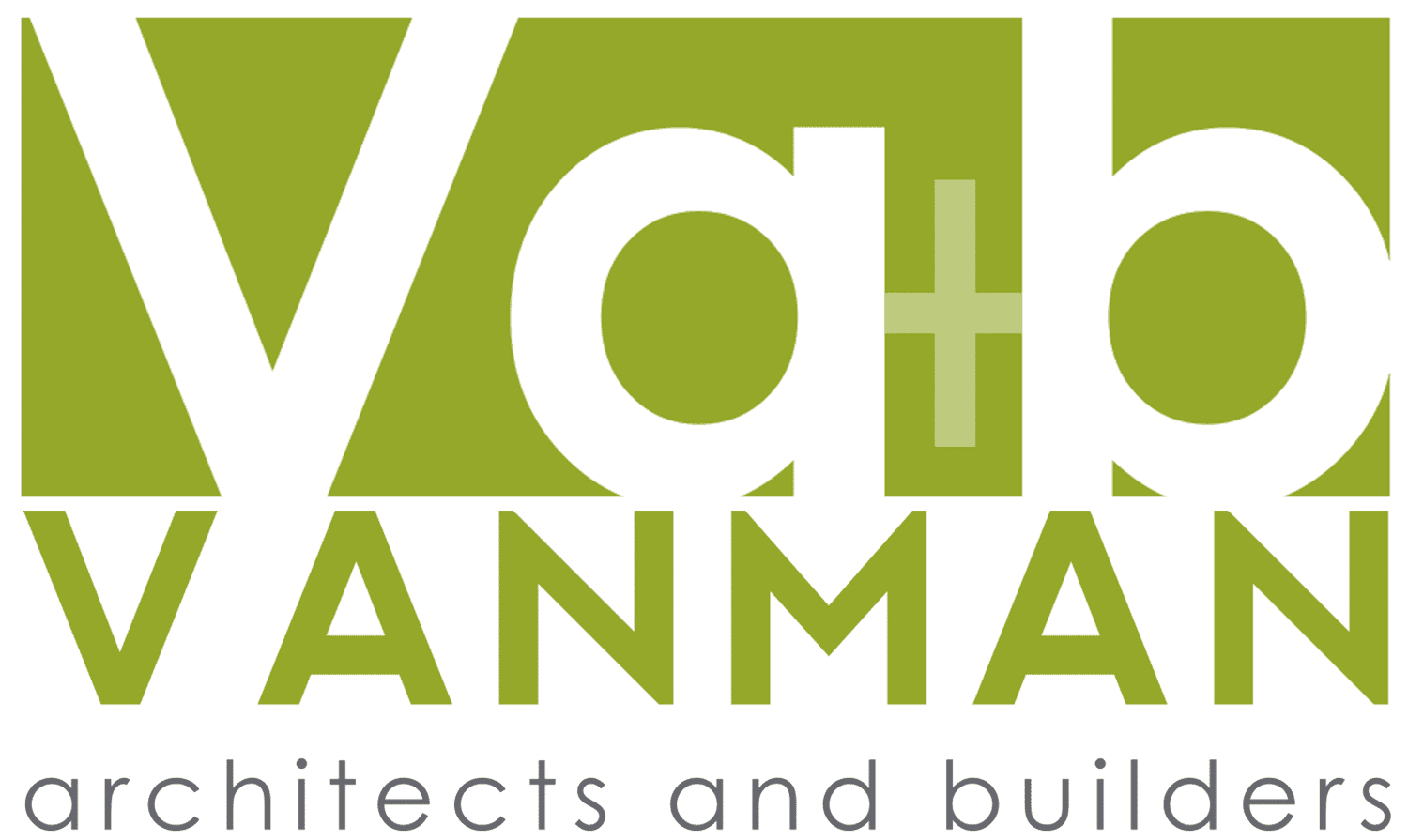
2-in-1 — the simple concept that was developed to make our lives a little easier. The phone case that acts as a wallet. The laptop that can be twisted into a handheld tablet. The washer that turns into a dryer.
You can welcome this type of simplicity to your new building project if you hire an architecture firm with an in-house construction team. Here are 5 perks your project will receive when design and build are coming from the same team.
1. Collaborative by Nature
After spending years together under the same roof, architecture firms with an in-house construction team have an established relationship and are capable of playing off of each other.
With most builds, the contracted architect and construction team are going to have separate visions for a project. As the client, you will spend time with the architect to formulate the perfect building on a blueprint. Then, you will transfer what’s on that sheet of paper to the construction team that wasn’t involved in those meetings. See where the gap in communication will be?
Having the design and construction staff in the same room from the blueprint phase will help everyone remain on the same page. Better yet, an architecture firm working with their construction team in lockstep will know each other’s general tendencies. They can optimize their collaboration by having institutional knowledge of each others’ likes and dislikes. This open channel of communication will only spillover to the relationship with you, the client.
A true design-build process allows for continuous client feedback, ensuring your voice is heard by both architecture and construction teams.
What Is the Design-Build Process?
The design-build process is when a client contracts a single firm to take responsibility for cost, schedule and execution of a construction project. This allows the client to focus more on the project rather than administrative paperwork and management of other contracts with different firms. It’s projected that nearly half of construction put-in-place (CPiP) spending will use the design-build process by 2021.
At Vanman Architects and Builders, we take it a step further. We supply building and architectural services for your project under one roof.
2. Accountability Structure
One of the biggest rallying calls for an architecture firm with an in-house construction team is their ability to cast a wide net of accountability and rein in issues quickly. At the center of it all is the project’s quarterback — the project manager.
This person is responsible for the communication between the teams during a design-build project. If the architect has a question about the logistics of a design, the project manager can communicate with the team member to provide an answer in a timely matter. If there’s a question about the project blueprint, the site manager can directly phone the project manager or architect to get an answer.
When architect and construction teams are under the same roof, there is no excuse for a question falling through the cracks.
3. Frequent & Accurate Budget Updates
A true design-build process that involves an architecture firm with an in-house construction team provides value engineering to a project’s design. This means topics such as costs will be routinely brought to the forefront to ensure the project doesn’t exceed its budget. For this to happen, it’s vital the construction and architecture teams are openly communicating during the design and build process.
Below is what the communication structure looks like with a design-build team that doesn’t house an architecture and construction team under the same roof. You can see the process is still segmented even though it’s considered a “design-build.”
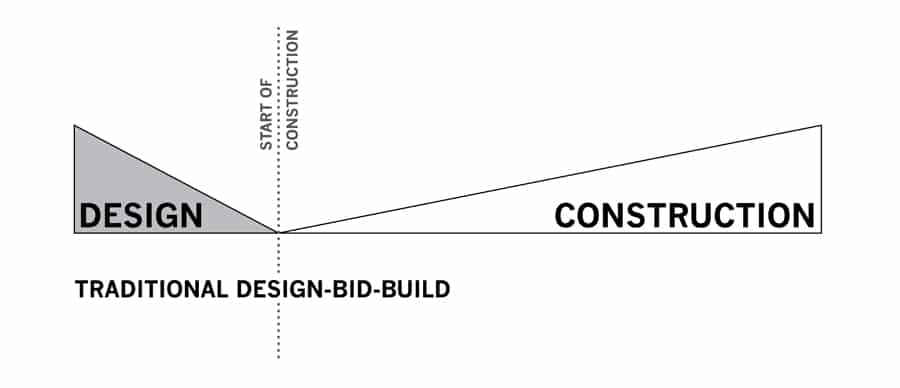
The “architect-led design-build” process (also called “true design-build) is much more collaborative. Communication about project costs is constant during every step. This allows the client to get steady updates on the budget and get the opinions of both the architect and construction team before, during and after a build.
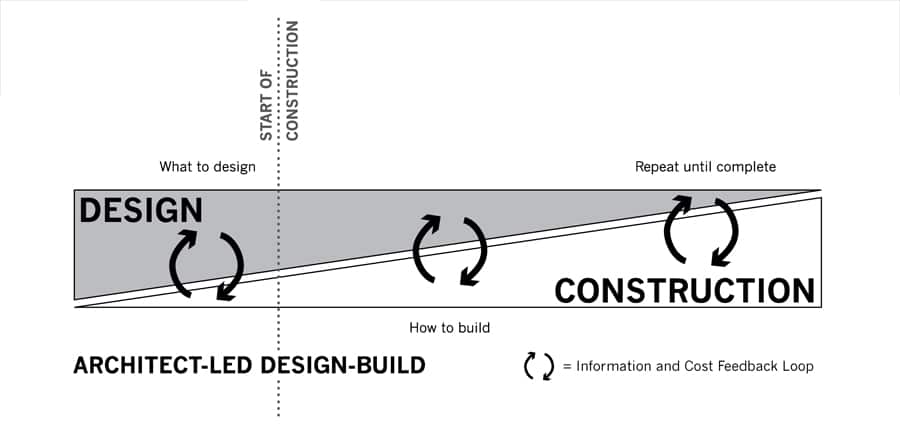
4. Fewer Scheduling Delays
Construction timelines tend to ebb and flow as unforeseen challenges arise. But when the builders are working hand in hand with the design team, they can communicate issues quicker and come to resolutions more efficiently.
Going back to the architect-led design-build model, you see the information loop is ever-present throughout the construction process. This means more information is shared between teams so delays can be identified and communicated to the client sooner.
Imagine there is a delay on a material needed for a section of the project. The construction team can inform the project manager and loop in the right resource to handle the issue. Vanman has used this model of collaboration and has minimized delays for projects. Throughout our nearly 60 years of service, we have been able to maintain a 98.8% completion rate on projects.
5. Everyone Is on the Same Team
Our outstanding completion rate has become a point of pride for everybody at Vanman. We know with each project, our reputation is on the line, which only fuels our commitment to excellence, professionalism, and listening to our clients.
Vanman can’t wait to join your team on a new design and build project. Our architects and builders are ready to introduce you to their streamlined processes so your project can come in on time and on budget. It’s the 2-in-1 convenience guaranteed to be more effective than the 2-in-1 body wash/shampoo bottle in your shower.

